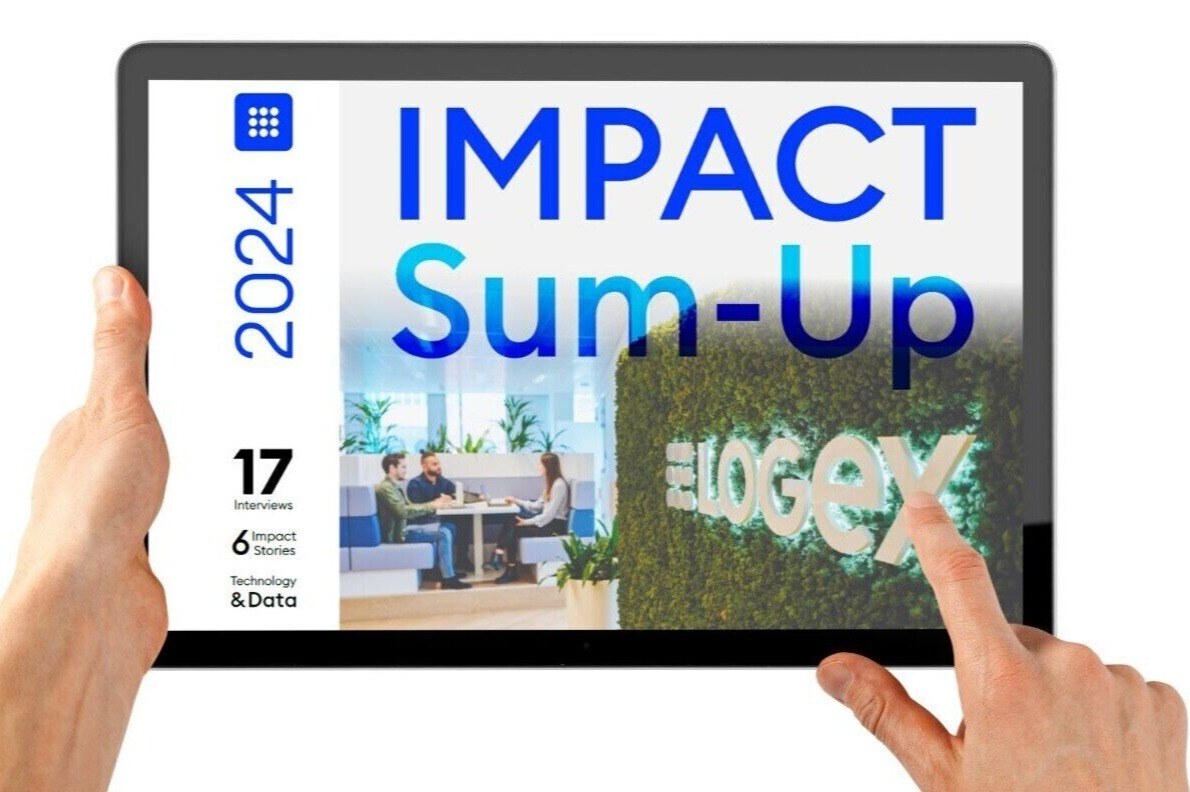Although the last decades have seen huge steps forward with technology and digitalisation, we are still a long way from what could be possible: an integrated, pan-European system with seamless data being used to improve patient care.
We spoke with Andrew Woodward, LOGEX’s CTO, to understand how close we are to this vision and explore technology’s role in creating a more deeply connected European healthcare ecosystem.
How was data-based technology first used in healthcare and what impact did it have?
Initially, healthcare tech was about digital filing – storing patient records electronically instead of in paper folders. The purpose was efficient record-keeping.
There was no real strategy to make data interoperable or usable beyond individual patient cases, it was all about simply storing information for clinical reference.
But as we progressed, we realised technology could do more than hold the information. If data could be shared across systems, then possibilities could be opened up for substantial research and care improvement goals.
I strongly feel that our task now is to make data accessible Europe-wide: making it actionable, leveraging technology for the kind of analysis that enables better, more data-driven care.
What would a fully connected European healthcare system look like?
In an ideal scenario, we’d have the unified European Health Data Space (EHDS), a proposal currently moving through the Council of the European Union.
This would be a huge step towards all European patient data being stored in such a way where patients control access to their data, but providers across the continent could access the data in different ways and for different needs.
At the same time, we could make progress against one of the main difficulties, which is unstandardised formats. However, there is light on the horizon with global informatic standards like openEHR and HL7 FHIR, which facilitate data interoperability. If we can overcome the complications in unifying data across systems and countries, then we would enter a whole new era of insight and improvement – not just in operations, not just in cost management, not just in care, but ultimately in the clinical and health outcomes that we all want to see get better.
This is really driving up the focus on structuring new and better data to extract insights, but achieving complete interoperability will require dedicated effort and will call for compromises and tough decisions on things like what to do with legacy data.
What are the main obstacles slowing down progress?
Well, the barriers are significant. Countries have unique healthcare models, regulatory frameworks, and even technology ecosystems, all of which makes for fragmented data systems that don‘t naturally integrate.
Additionally, there are valid privacy and security concerns that add another layer of complexity. Data management standards vary across countries, and the fear of mishandling data or breaching GDPR compliance has led to a cautious approach to adopting cloud-based solutions despite their potential for increased security.
How is technology—and your team—addressing these challenges?
Our focus has been creating a solid data infrastructure, most notably through our Nightingale project. This platform standardized data ingestion, processing, and analysis, giving healthcare providers better tools for data management and interpretation with transparency at its core.
Doing so, we help them gain insights that improve care and reduce their dependence on us for every new analysis. This approach empowers providers to be more agile and responsive, drawing on accurate, unified data to deliver healthcare improvements.
So, do you really think the ambition is achievable?
Absolutely. If better technology is adopted year after year by providers everywhere, then we’ll see all these incremental solutions bridge the gaps and propel healthcare improvement across Europe.
By standardising and connecting healthcare data, we‘re moving toward a future where data doesn’t just support individual patient care, but improves the vitality of the entire European continent.

Get the latest insights, industry trends, and updates on how LOGEX is transforming healthcare with data-driven solutions.
You May Also Like
These Related Stories

LOGEX to exhibit and speak at the 2022 HIMSS Europe Health Conference & Exhibition

Reflecting on 2024: a year of supporting change.
